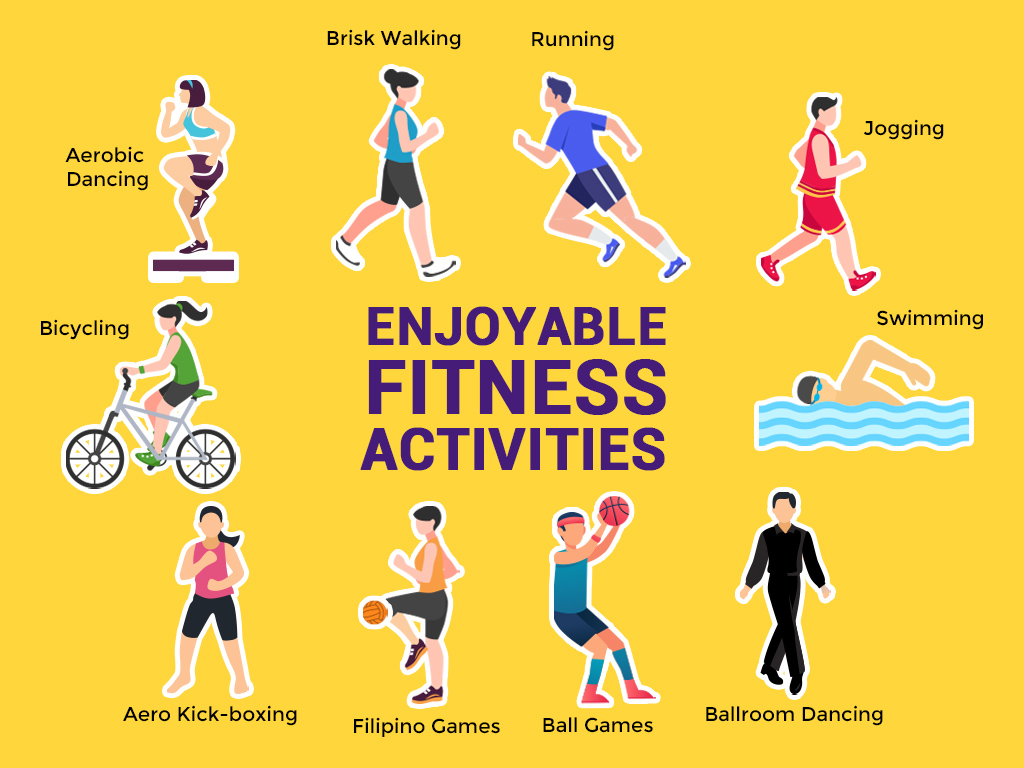

Strategies to promote physical activity at home, at school, and at child care centers can also increase activity in children and adolescents. This type of behavior can be accumulated during one’s daily routine by participating in 30 or more minutes of selfselected physical activities. Strategies that make it safer and easier to get active - like providing access to community facilities and programs - can help people get more physical activity. Lifestyle physical activity is a behavior that is broadly defined as any bodily movement produced by the contraction of muscles that substantially increases energy expenditure.

Although most people don’t get the recommended amount of physical activity, it can be especially hard for older adults and people with chronic diseases or disabilities. Lifestyle physical activity improves health but may not improve fitness A structured, formal exercise program improves physical fitness and provides even greater. Just to be healthy - minimum requirement. The Physical Activity Guidelines for Americans lays out how much physical activity children, adolescents, and adults need to get health benefits. Every adult should accumulate 30 minutes or more of moderate-intensity physical activity on most, preferably all, days of the week. Regular physical activity improves your brain health, helps with weight management, reduces disease, strengthens bones and muscles, and improves your. Physical activity can help prevent disease, disability, injury, and premature death. 1, 2 Healthy People 2030 focuses on improving health and well-being by helping people of all ages get enough aerobic and muscle-strengthening activity. Only 1 in 4 adults and 1 in 5 adolescents in the United States meet physical activity guidelines for aerobic and muscle-strengthening activities.


 0 kommentar(er)
0 kommentar(er)
